If you’ve ever sat in on a management meeting, you might have seen a myriad of different methods to display and manage the often-overwhelming cascade of data involved in a single project, let alone an entire company.
While many of those methods are effective, few offer the simplicity and cohesiveness of a visual management board. Whether digital or physical, a visual management board is one of the best ways to keep your company on track, improving accountability, organization, and prioritization along the way.
What a visual management board is
At its core, the concept is simple: A visual management board offers a straightforward method to collect data and then display that information for the whole team to follow.
Building a visual management board can be as simple as purchasing a large corkboard and a stack of sticky notes or as technologically advanced as integrating a digital visual management board into an online dashboard with the help of data-collection tools like JotForm.
Although the medium may vary, all visual management boards list and categorize priorities and data, depicting that information in a top-down approach that illustrates how the success or failure of a given task affects a project or company.
Humans are visual by nature, and according to the Massachusetts Institute of Technology (MIT), the brain can process an entire image in as little as 13 milliseconds. This far exceeds the amount of time necessary to absorb and understand the same information through text only.
By including visual data in a workflow, your team could save valuable time spotting work-halting issues like bottlenecks and other errors.
How to use a visual management board
No matter the format, all visual management boards should follow some simple rules to ensure they remain as efficient as possible:
- Be sure the information on a visual management board is easy for both entry-level and top-level workers to understand, creating an inclusive way for all to better see the current state of a company or project.
- Whatever medium you choose, make sure anyone who needs the board can access it. This can mean installing a large visual management board in a shared area of an office or properly educating employees on how to access a digital visual management board online.
- Establish consistent metrics and standards for tasks, and create clear indicators for the status of each step on the board, such as “completed,” “in progress,” or “overdue.” This is usually a built-in feature of digital visual management boards. Although physical boards may require a bit more creativity, your team can always find uncomplicated solutions — like posting green and red cards — to indicate finished or unfinished tasks.
It’s up to your individual company or project management team to decide what information to display on a physical or digital visual management board. For projects, you can outline and track each individual step leading up to completion.
Company-wide boards, however, might display vital business information like profit goals, department improvement metrics, or even just the completion of daily tasks for all to see. As long as you’re consistent with your implementation, a visual management board can help you successfully improve a variety of processes.
If you’re looking to introduce a new workflow management system to your team, it might be helpful to begin with an idea board so employees have a space to suggest improvements. An improvement idea management board can introduce a team to the concept while fostering a sense of ownership regarding a project or task.
Why your team needs a visual management board
Visual management boards are essential to help infuse personal ownership into each team project. They promote teamwork and provide clear indicators when the process is falling behind schedule.
Visual management boards can help your team
- Save valuable time by eliminating the need for meetings and updates for each part of a project
- Improve performance and teamwork by establishing a medium for the team to hold itself accountable
- Focus attention on more important priorities by restricting the number of tasks that the team works on at one time
- Improve future workflow by promoting continuous feedback instead of presenting it all at the end of a project
The hardest part in setting up a board is picking out and prioritizing the information you want to display. Keep in mind that most digital visual management boards can automatically collect and integrate information for employees without the need to physically construct them and fill in the information manually — a development that’s especially convenient in the age of remote work.
How to automate data collection to build a visual management board
Jotform provides numerous templates to help employees streamline the data-collection process — and complement a visual management board. With these form templates, a business can successfully standardize data input for its boards by using ready-made worksheets to collect information.
Jotform offers more than 270 table templates for a variety of uses, including project management, that will help your team hit the ground running with its new visual management board. With the help of these resources, your team can begin reaping the benefits of visual management boards in no time.

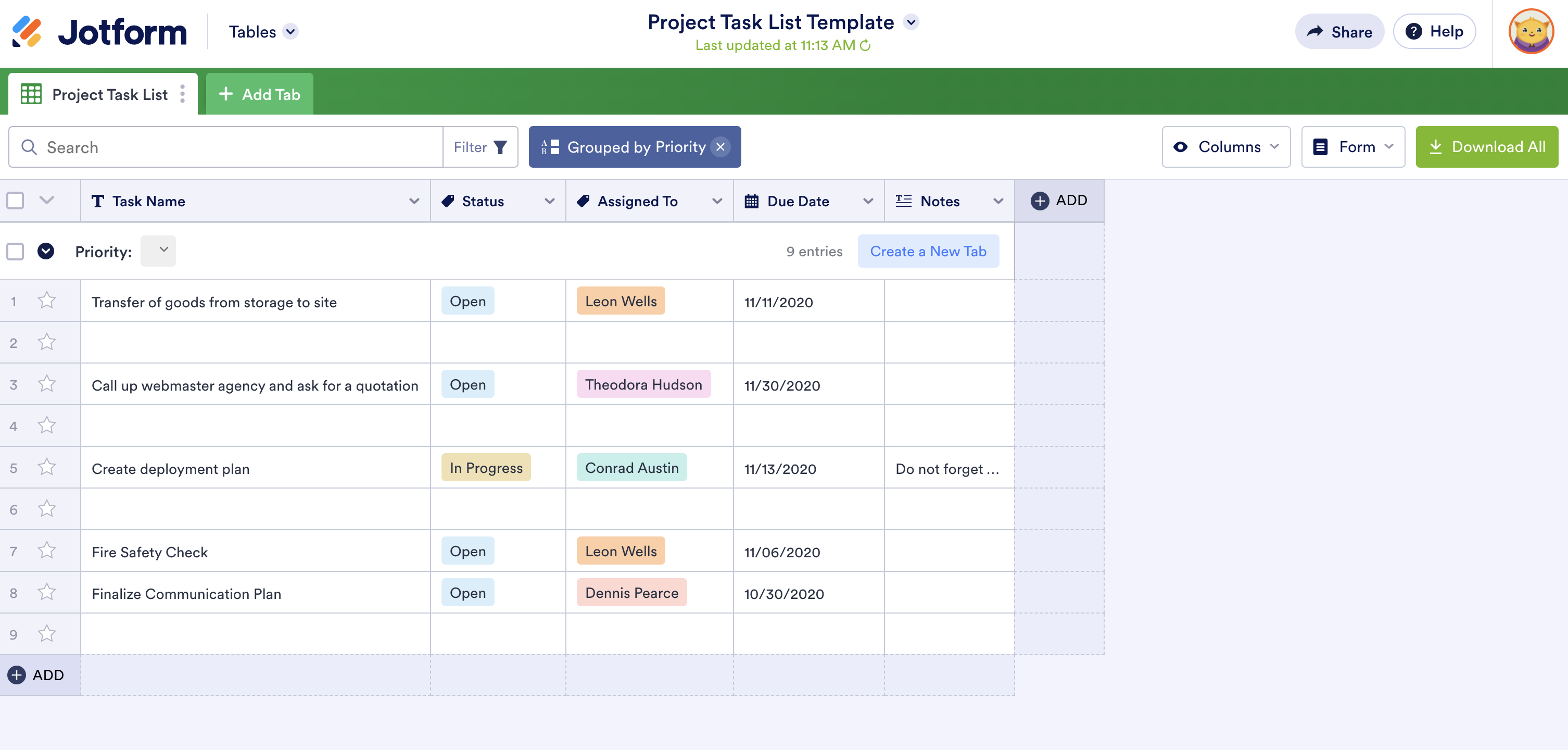

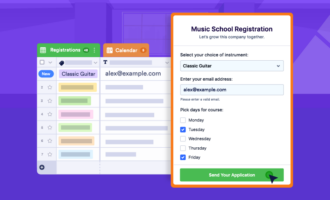
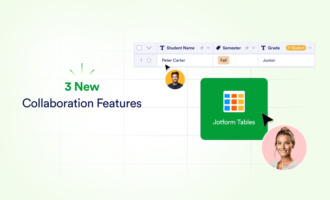
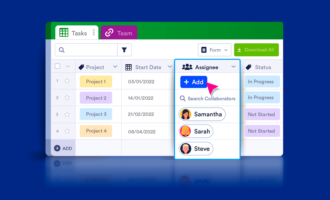
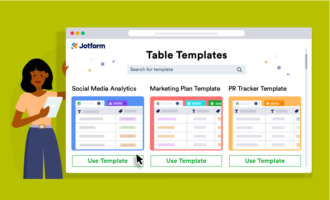




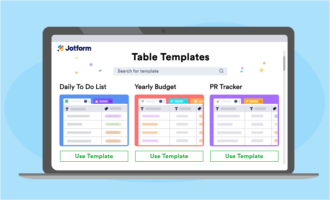



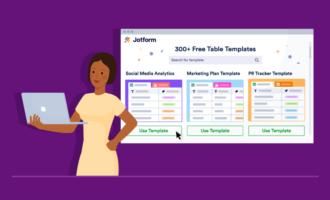





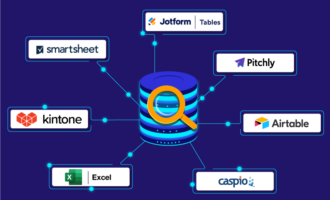






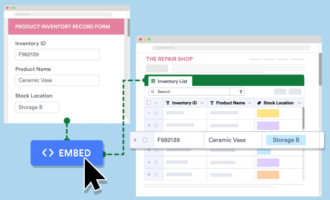
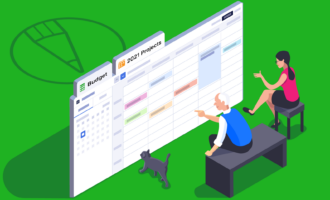




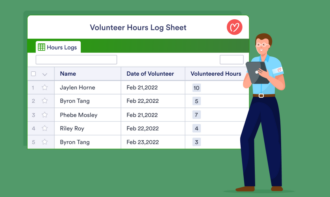
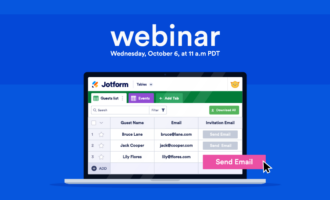
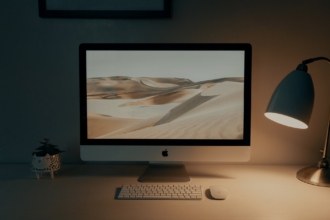







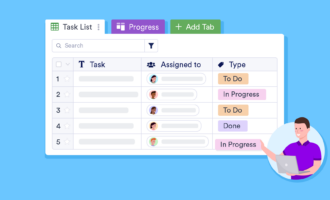





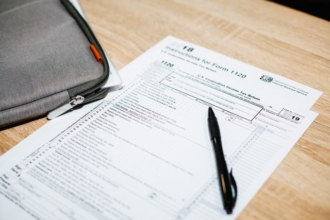
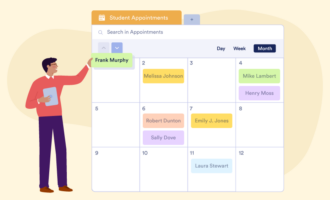


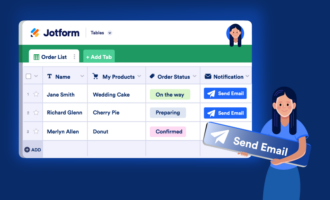












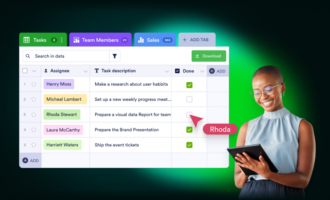

Send Comment: